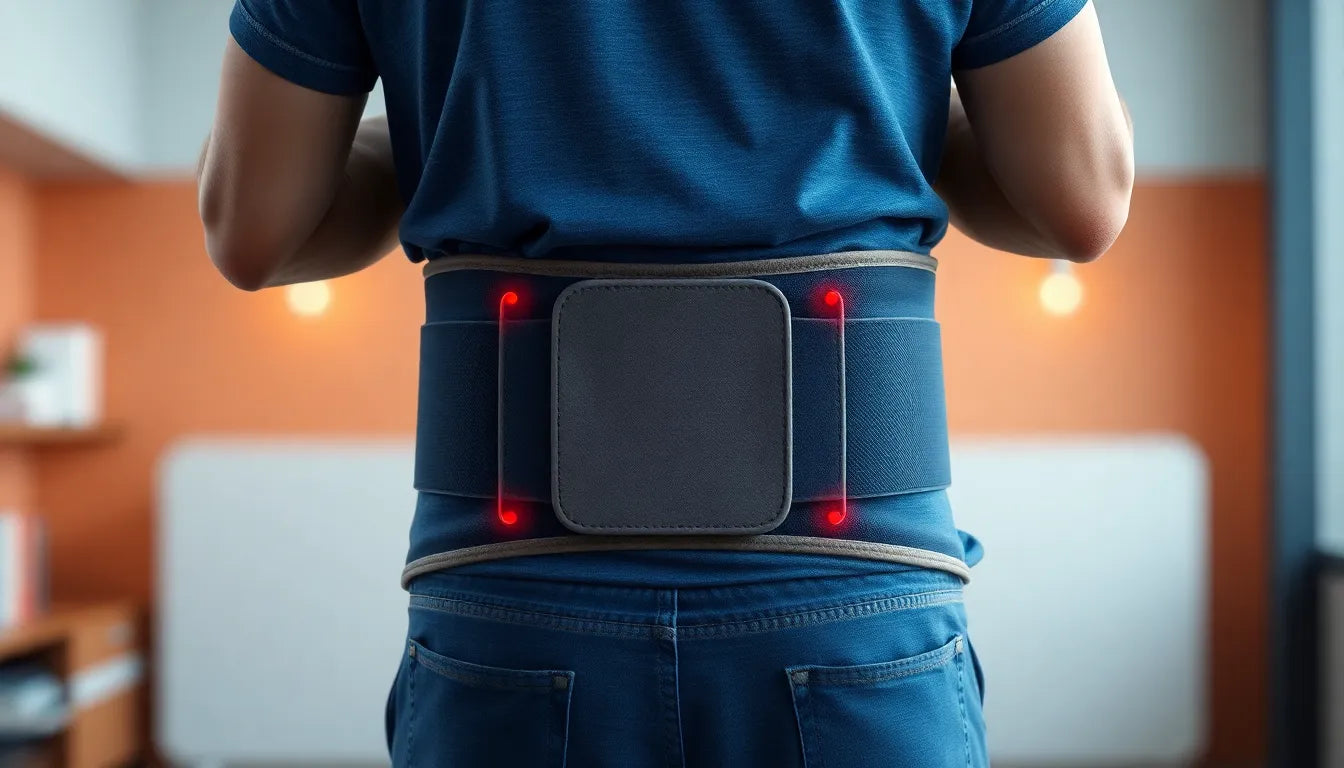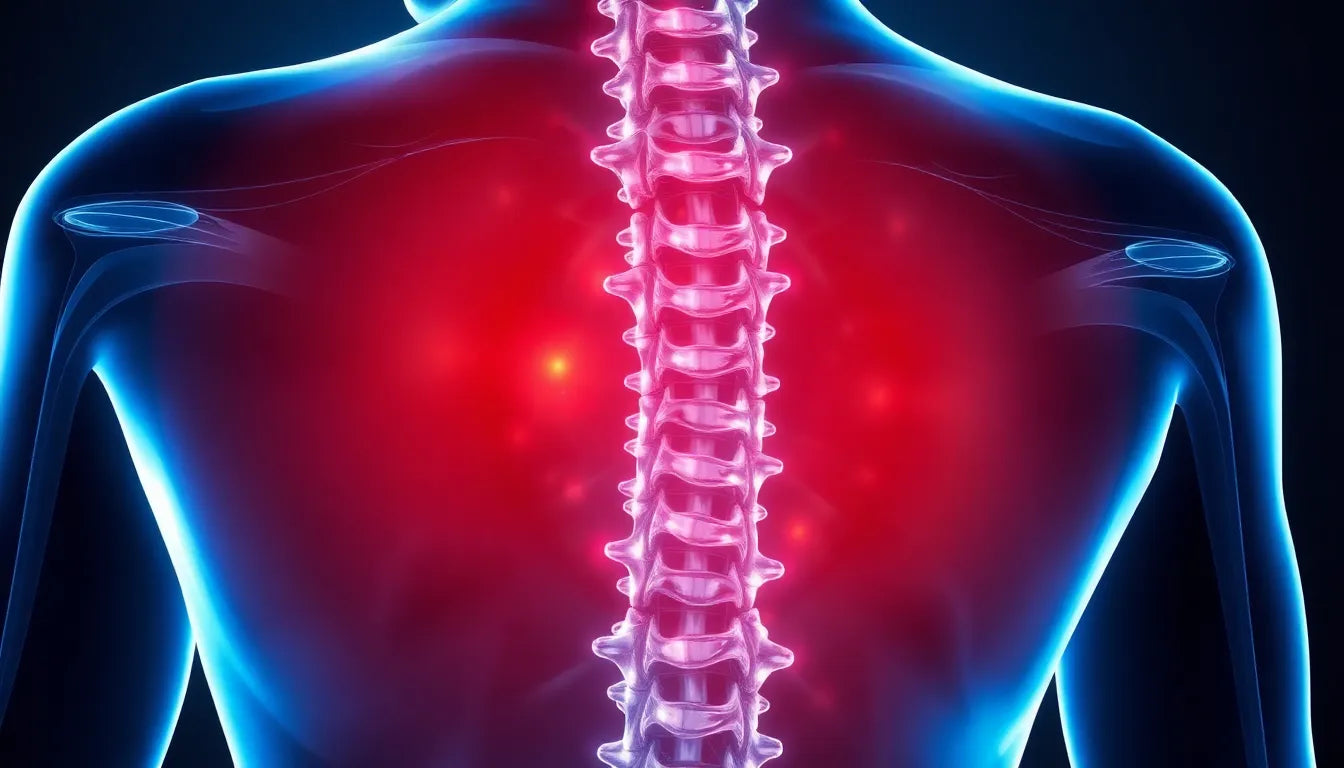Did you know that while herniated discs are common, paralysis is a rare consequence? This intriguing fact often sparks concern among those experiencing back pain, as the potential for severe complications can be daunting. Understanding the nature of a herniated disc is crucial in alleviating these fears and navigating the path to recovery.
A herniated disc occurs when the cushion-like pads between your vertebrae are displaced, potentially impacting nearby nerves. These discs act as shock absorbers for the spine, allowing for flexibility and movement. However, when one of these discs herniates, it can press on the nerves or spinal cord, leading to pain, numbness, or even weakness. While most herniated discs are manageable and can be treated with conservative methods, they can lead to severe complications, including paralysis, in extreme cases.
Understanding the risk of paralysis
The thought of paralysis stemming from a herniated disc is alarming, yet it's important to note that such an outcome is exceedingly rare. Paralysis occurs when a herniated disc severely compresses the spinal cord or nerve roots, interrupting the communication between the brain and muscles. This type of severe nerve compression can lead to neurological deficits, including potential paralysis, but it is an uncommon scenario.
In most cases, herniated discs result in symptoms like localized pain, tingling, or numbness, which can often be managed with physical therapy, medication, and lifestyle adjustments. The progression to paralysis typically involves a series of warning signs, such as leg weakness or loss of normal bowel and bladder functions, which are considered medical emergencies. Recognizing these symptoms early and seeking prompt medical attention can prevent severe outcomes.
Exploring the connection
This article aims to explore the connection between herniated discs and paralysis, examining risk factors, diagnostic processes, and treatment options. By shedding light on the medical intricacies and potential outcomes, we hope to empower individuals with the knowledge needed to make informed decisions about their spinal health.
Throughout this discussion, we will delve into the medical perspective on the rarity of paralysis due to herniated discs, outline the diagnostic journey, and examine both conservative and surgical treatment options. Additionally, we will highlight preventive measures, including ergonomic strategies, to help manage and reduce the risk of herniated discs.
Understanding the complexities of herniated discs and their potential consequences is crucial for effective management and prevention. By staying informed and proactive, individuals can navigate their spinal health with confidence, minimizing the risk of severe complications and enhancing their overall quality of life.
medical perspective on herniated discs and paralysis
From a medical standpoint, the occurrence of paralysis due to a herniated disc is an infrequent event, yet it remains a critical concern for those affected. Paralysis can manifest when a herniated disc exerts severe pressure on the spinal cord or nerve roots, disrupting the transmission of signals between the brain and the body. Although such severe nerve compression is rare, it can lead to significant neurological deficits, including potential paralysis, particularly in extreme cases.
The vast majority of herniated disc cases result in symptoms such as localized pain, tingling, or numbness, which can be effectively managed through conservative treatments. However, the potential for severe complications necessitates vigilance and awareness of warning signs that indicate the need for immediate medical intervention.
recognizing warning signs and symptoms
Identifying the early warning signs of a herniated disc that could potentially lead to paralysis is crucial for preventing severe outcomes. Progressive neurological symptoms often serve as red flags, signaling the need for urgent medical evaluation. These symptoms may include:
- Leg weakness: A noticeable decline in leg strength or the ability to walk may indicate nerve compression.
- Numbness: Persistent numbness, particularly in the legs or feet, suggests nerve involvement.
- Loss of normal bowel and bladder functions: This is a medical emergency and could signify spinal cord compression, necessitating immediate attention.
Prompt recognition and response to these symptoms can significantly reduce the risk of paralysis and facilitate timely intervention.
diagnostic journey for herniated discs
The diagnostic process for a herniated disc involves a comprehensive evaluation to confirm the condition and assess its severity. The journey typically begins with a thorough physical examination and a detailed review of the patient's medical history. This initial step helps healthcare providers understand the symptoms and their potential causes.
To confirm the diagnosis and pinpoint the location of the herniation, imaging tests are often employed:
- X-rays: These are used to rule out other potential causes of symptoms, such as fractures.
- CT scans: These provide detailed images of the spine, aiding in the assessment of the herniation.
- MRI: The most common imaging test for herniated discs, MRI offers a clear view of the soft tissues, including discs and nerves.
- Myelogram: This test is particularly useful for evaluating multiple herniations.
In addition to imaging tests, nerve tests like electromyograms (EMGs) may be conducted to determine the extent of nerve damage and guide treatment decisions.
statistics on recovery and treatment effectiveness
Fortunately, the prognosis for individuals with herniated discs is generally positive, with a high rate of recovery through conservative treatments. Statistics indicate that 85-90% of herniated disc cases improve with non-surgical interventions within 6-12 weeks. These treatments often include physical therapy, pain management, and activity modification, all aimed at alleviating symptoms and promoting healing.
By understanding the medical perspective, recognizing warning signs, and undergoing a thorough diagnostic process, individuals can effectively manage herniated discs and minimize the risk of severe complications. This proactive approach not only aids in recovery but also empowers individuals to make informed decisions about their spinal health, ensuring a better quality of life.
Effective treatment options for herniated discs
When it comes to managing herniated discs, a variety of treatment options are available, ranging from conservative approaches to surgical interventions. For most individuals, conservative treatments prove effective in alleviating symptoms and promoting recovery. These include:
- Physical therapy: Techniques such as traction, massage, and heat/ice therapy can help reduce pain and improve mobility.
- Pain medications: Non-steroidal anti-inflammatory drugs (NSAIDs), neuropathic drugs, and muscle relaxers are commonly prescribed to manage discomfort.
- Activity modification: Adjusting daily activities to avoid movements that exacerbate symptoms is crucial for recovery.
While these conservative treatments are successful in 85-90% of cases, surgery may be necessary for individuals experiencing severe symptoms. Indications for surgical intervention include progressive neurological deficits, loss of bowel or bladder function, difficulty standing or walking, and failure of conservative treatments.
Preventive measures to avoid herniated discs
Prevention plays a key role in reducing the risk of herniated discs and their potential complications. Incorporating ergonomic strategies into daily routines can significantly lower the likelihood of disc herniation. Some preventive measures include:
- Proper posture: Maintaining good posture when sitting, standing, and lifting helps distribute weight evenly across the spine.
- Ergonomic aids: Utilizing products designed to support spinal health, such as ergonomic chairs and cushions, can alleviate strain on the back.
- Regular exercise: Engaging in exercises that strengthen the core muscles can provide better support for the spine and reduce the risk of injury.
By adopting these preventive strategies, individuals can protect their spinal health and minimize the chances of developing a herniated disc.
Conclusion
While the possibility of paralysis from a herniated disc is rare, understanding the condition's signs and seeking timely medical intervention can prevent severe outcomes. Most herniated discs respond well to conservative treatments, allowing individuals to recover and return to normal activities. By remaining informed and proactive, individuals can effectively manage their spinal health and reduce the risk of complications.
Frequently asked questions
What are the first signs of a herniated disc potentially leading to paralysis?
Early signs include leg weakness, numbness, and loss of bowel or bladder control. These symptoms require immediate medical attention to prevent severe complications.
How effective are conservative treatments for herniated discs?
Conservative treatments are effective in 85-90% of cases, often resolving symptoms within 6-12 weeks. These treatments include physical therapy, pain management, and activity modification.
When should I consider surgery for a herniated disc?
Surgery is considered when there are progressive neurological deficits, severe pain, or when conservative treatments fail. Other indicators include loss of bowel or bladder function and difficulty standing or walking.
Can ergonomic aids help in managing or preventing herniated discs?
Yes, ergonomic aids can support proper posture and reduce strain on the spine, aiding in both prevention and management of herniated discs. Utilizing ergonomic products can help maintain spinal health and prevent injury.


















